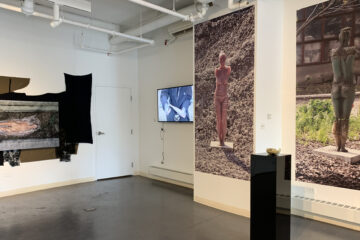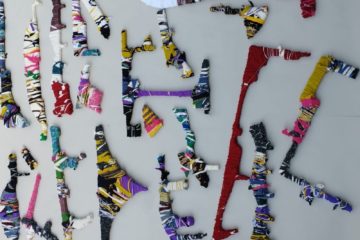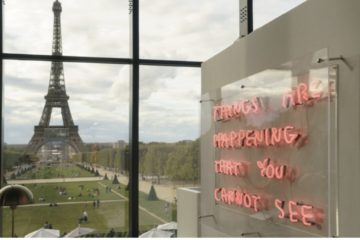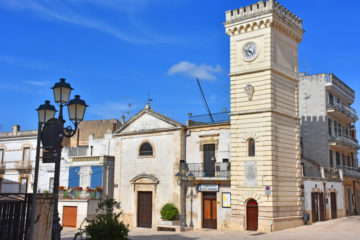ASIA SOCIETY MUSEUM PRESENTS AI WEIWEI: NEW YORK PHOTOGRAPHS 1983–1993

ASIA SOCIETY MUSEUM PRESENTS
AI WEIWEI: NEW YORK PHOTOGRAPHS 1983–1993
OVER TWO HUNDRED PHOTOGRAPHS ARE ON VIEW FOR THE FIRST TIME OUTSIDE CHINA
June 29 through August 14, 2011
http://asiasociety.org/aiweiwei
“The New York I knew no longer exists….Looking back on the past, I can see that these photographs are facts, but not necessarily true….The present always surpasses the past, and the future will not care about today.” –Ai Weiwei, 2008
Asia Society Museum presents an exhibition of 227 photographs taken by Ai Weiwei, capturing the history, culture, and atmosphere of 1980s New York from his unique perspective. The exhibition marks the first time Ai Weiwei’s New York Photographs series is being shown outside of China.
Before Ai Weiwei became internationally recognized as an artist and activist, he lived in a tiny apartment in New York’s East Village, and was a prominent member of a community of expatriate Chinese artists and intellectuals in the neighborhood’s then burgeoning avant-garde scene. Throughout those years, from 1983 to 1993, the artist used his camera to document his life and work, his surroundings, and the atmosphere of the time. The photographs document a distinct era in New York, as seen through Ai Weiwei’s eyes, tracing the beginnings of his conceptual art practice.
They depict East Village poetry readings, riots in Tompkins Square Park, drag queens at Wigstock, and well-known artists and intellectuals from China, such as filmmaker Chen Kaige, composer Tan Dun and artist Xu Bing.
―Ai Weiwei is one of the most provocative and influential conceptual artists from China today, and in recent years he has become an increasingly iconic figure,‖ says Asia Society Museum Director Melissa Chiu. ―As an artist, his work has stood for individual expression and we hope his recent release, following nearly three months in detention in China, has delivered a new promise of creative potential for him and other artists there. These photographs are a poignant and powerful chronicle of Ai’s artistic vision and emerging political consciousness during his time in New York.‖
The New York Photographs series comprises a selection of 227 photographs from Ai’s archive of 10,000, selected by the artist. It is conceived as a single unified installation that reveals Ai Weiwei’s personal experiences, thoughts, and attitudes at the time the photographs were taken.
The exhibition is accompanied by a 316-page comprehensive catalogue with plates of all the photographs, along with essays and interviews, published by Three Shadows Photography Art Centre. The exhibition is organized by Three Shadows Photography Art Centre in Beijing in association with Asia Society Museum.
About Ai Weiwei and the New York Photographs series
Ai Weiwei (b. 1957, Beijing, China) is one of the most provocative artists living in China. Prolific and diverse in his interests and occupations, Ai is a conceptual artist known for his sculptures and installations, and more recently his architecture and landscape design.
Some of Ai’s most iconic works are photographs. His decade-long engagement with photography in New York gave him a thorough understanding of the medium and became an important springboard for his succeeding photographic works such as the Study in Perspective Series (1999–2003), which depict the artist’s defiant middle finger before well-known sites in Paris, Berlin, Beijing, Hong Kong, and Washington, D.C.
For his project Fairytale for the 2007 Documenta 12, Ai arranged to bring 1001 Chinese citizens to participate in his work at this prestigious international exhibition in Kassel, Germany, cementing his global reputation as a formidable creative force. Other works include the creation of 100 million porcelain sunflower seeds—individually hand-crafted by hundreds of potters in Jingdezhen, China and recently shown at the Tate Modern in London—symbolizing both a collective force and individualism.
In 2008, Ai Weiwei was celebrated for his work on the design of China’s Olympic Stadium—popularly known as ―the bird’s nest‖—but eventually, he distanced himself from the project and became critical of the government and the fanfare leading up to the Beijing Olympics. That same year, when the Sichuan earthquake killed nearly 70,000 and displaced 4.8 million people, Ai Weiwei undertook a project to publish the names of the victims on his blog. Later, he moved his online social activism to Twitter in an effort to circumvent government censors.
Long accustomed to traveling in and out of the country as his international reputation and fame grew, Ai Weiwei was detained at Beijing Airport on April 3, as he was about to board a plane to Hong Kong. Charged with ―economic crimes,‖ he was held for almost three months before being released on June 22.
Exhibition Support
Support for Ai Weiwei: New York Photographs 1983–1993 is provided by Asia: Ideas and Images, endowed by Harold and Ruth Newman. Support for Asia Society Museum provided by the Partridge Foundation, a John and Polly Guth Charitable Fund; Asia Society Friends of Asian Art; Asia Society Contemporary Art Council; Arthur Ross Foundation; Sheryl and Charles R. Kaye Endowment for Contemporary Art Exhibitions; Blanchette Hooker Rockefeller Fund; National Endowment for the Humanities; Hazen Polsky Foundation; New York State Council on the Arts; and New York City Department of Cultural Affairs.
About Asia Society Museum and Contemporary Asian Art
In the early 1990s, the Asia Society Museum was one of the first U.S. museums to establish an ongoing program of contemporary Asian art exhibitions. In addition, the Asia Society Museum was the first U.S. museum to organize solo shows of now widely recognized artists Montien Boonma, Cai Guo-Qiang, Dinh Q. Lê, Mariko Mori, Yoshitomo Nara, Yuken Teruya, and Zhang Huan.
Asia Society Museum is located at 725 Park Avenue (at 70th Street), New York City. The Museum is open Tuesday through Sunday from 11:00 A.M–6:00 P.M. and Friday from 11:00 A.M.–9:00 p.m. Closed on Mondays and major holidays. General admission is $10, seniors $7, students $5 and free for members and persons under 16. Free admission Friday evenings, 6:00–9:00 p.m. The Museum is closed Fridays after 6:00 P.M. from July 1 through Labor Day. AsiaSociety.org/museum






No Comment